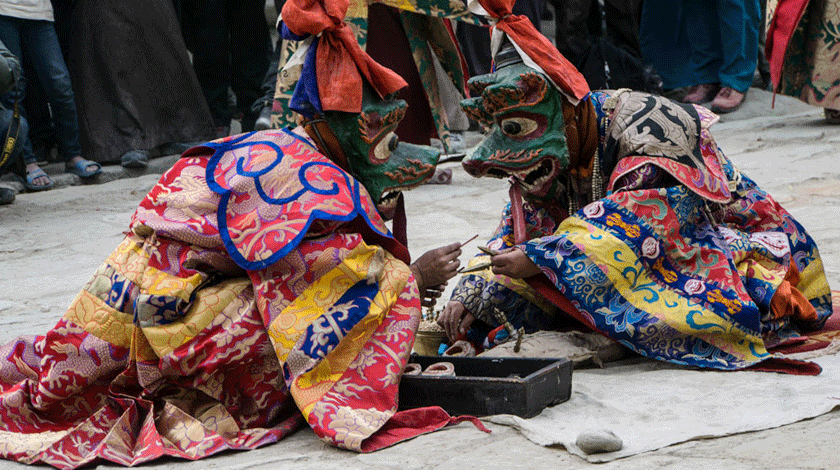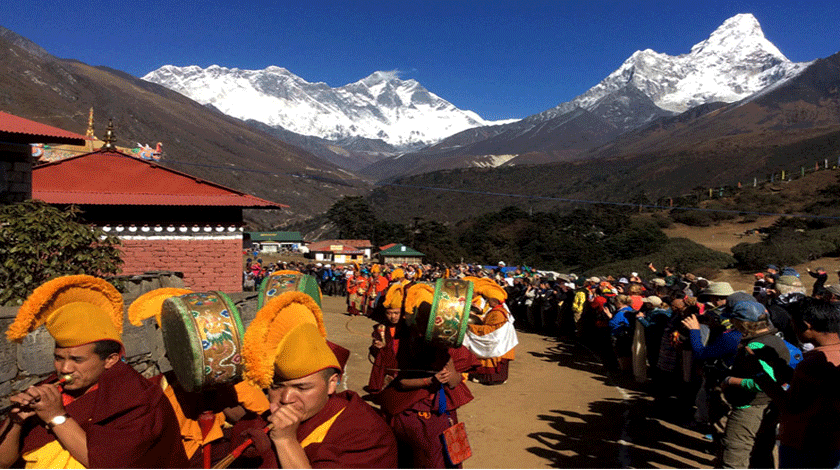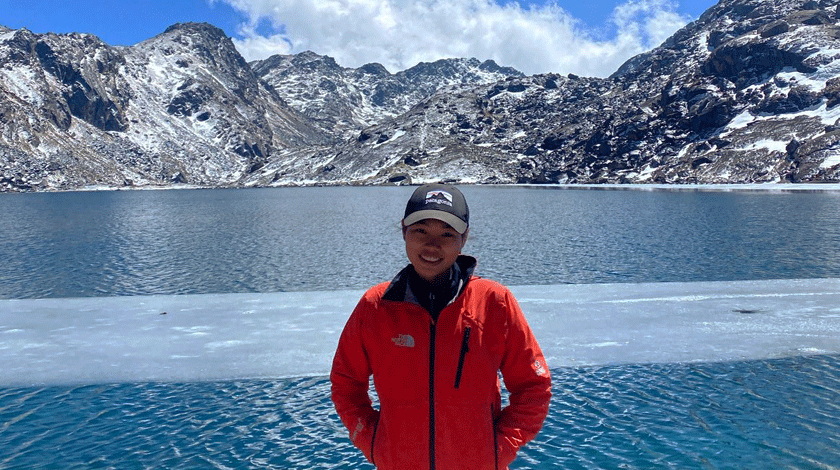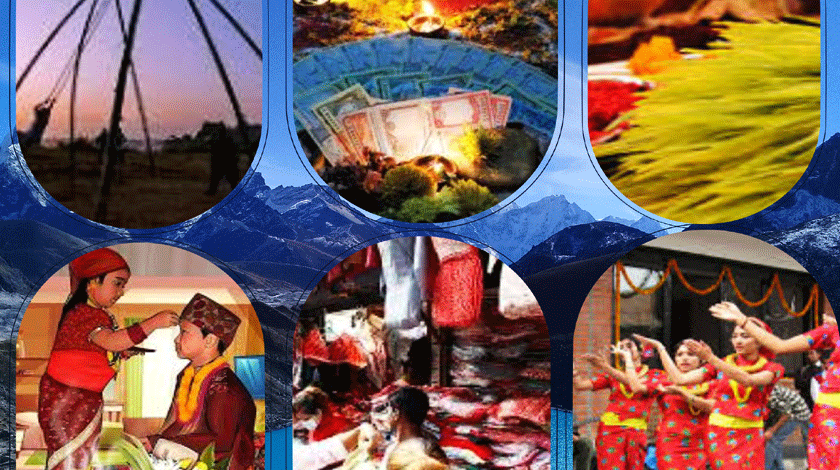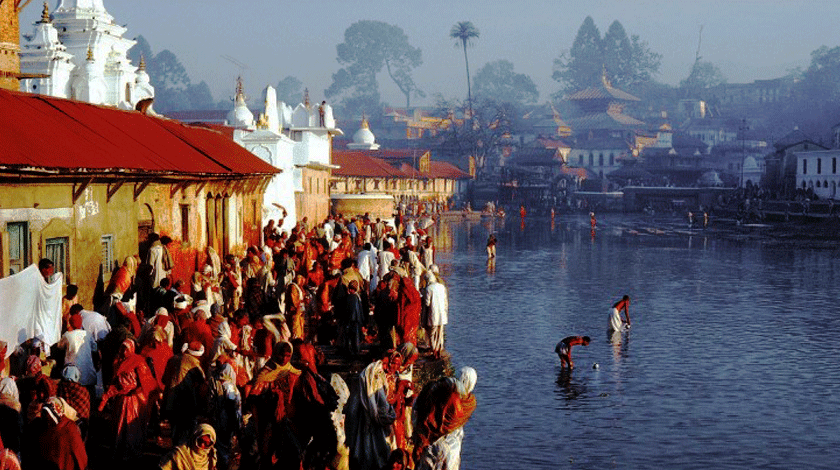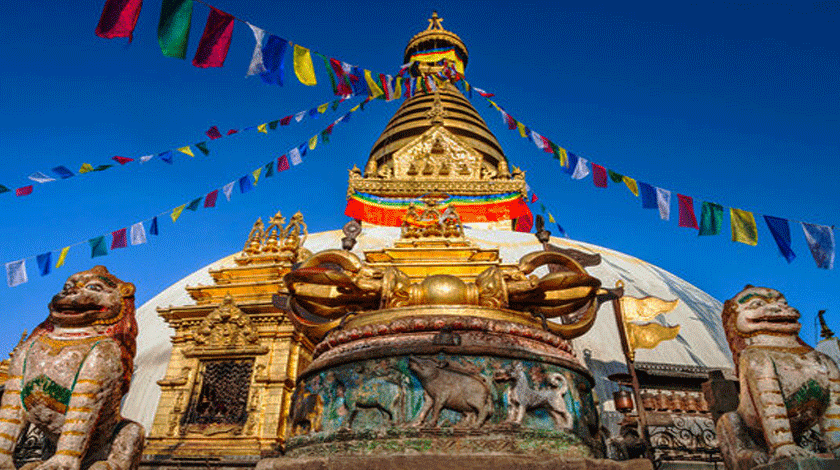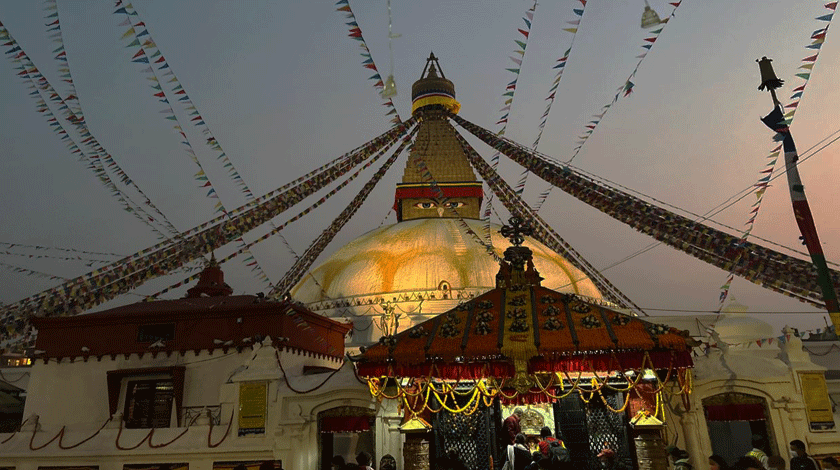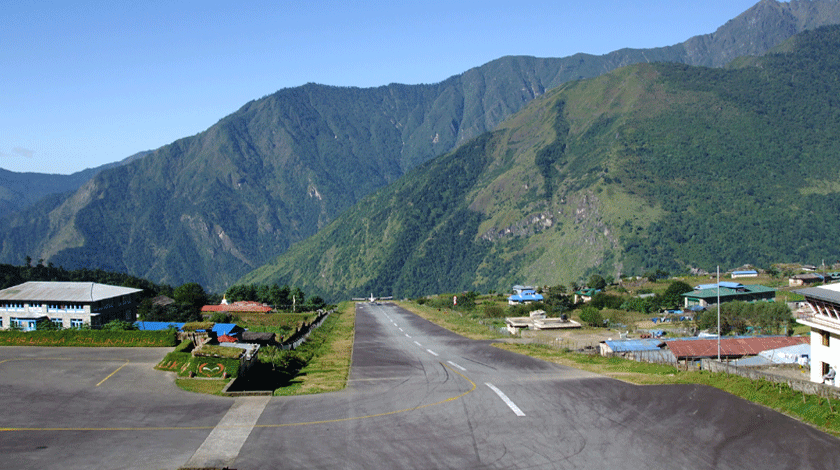Chitwan National Park
- Home
- Chitwan National Park
Chitwan National Park
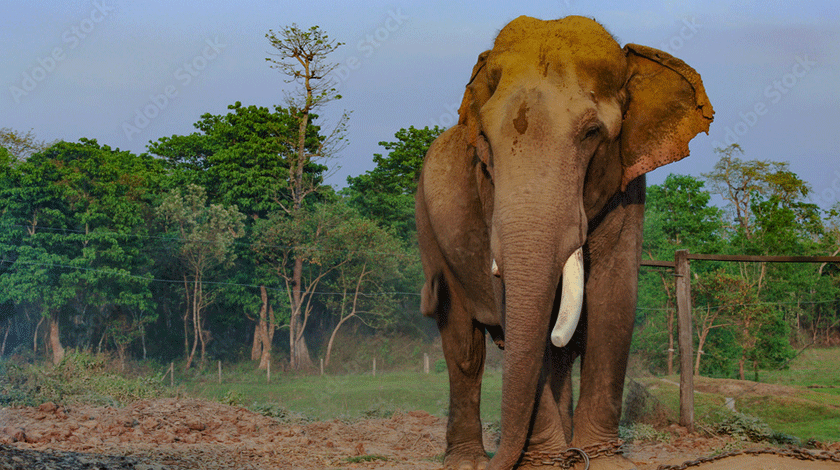
Chitwan National Park is first national park of Nepal
Chitwan National Park: Nepal’s First National Park
1. Pre-Park Era: Royal Hunting Ground
- For centuries, the Chitwan National Park served as a favorite hunting destination for Nepalese royalty and aristocrats, as well as foreign dignitaries.
- During the mid-19th century, the region’s vast forests and diverse wildlife provided the ideal setting for large-scale hunting expeditions, especially for tigers and one-horned rhinoceroses.
- Until the 1950s, Chitwan National Park was referred to as the “Heart of the Jungle” and remained relatively untouched due to its dense forests and the prevalence of malaria.
2. Malaria Eradication and Human Settlement
- The eradication of malaria in the Terai region during the 1950s led to increased migration and settlement in Chitwan.
- Large-scale deforestation followed, as forests were cleared for agriculture, human habitation, and infrastructure.
- Wildlife populations, particularly rhinos and tigers, declined drastically due to poaching and habitat loss.
3. Early Conservation Efforts (1960s)
- The alarming decrease in wildlife prompted King Mahendra to initiate conservation efforts.
- A part of Chitwan National Park was declared a hunting reserve in 1962 to manage hunting activities and protect some wildlife, especially the endangered species.
4. Establishment as a National Park (1973)
- In 1973, Chitwan National Park was officially established as Nepal’s first national park, covering 544 square kilometers.
- The aim was to conserve the rapidly dwindling populations of one-horned rhinoceroses, Bengal tigers, and other species.
- A royal decree strictly banned poaching, illegal hunting, and unsustainable exploitation of forest resources.
5. Expansion of the Park
- Over time, the Chitwan National Park expanded to its current size of 952.63 square kilometers, incorporating diverse ecosystems such as Sal forests, grasslands, and wetlands.
- A buffer zone was created around the park to involve local communities in conservation and minimize human-wildlife conflict.
6. UNESCO World Heritage Status (1984)
- Chitwan National Park was designated as a UNESCO World Heritage Site for its outstanding natural value, rich biodiversity, and successful conservation initiatives.
7. Notable Conservation Achievements
- Chitwan National Park has played a significant role in Nepal’s effort to protect flagship species like the one-horned rhinoceros and the Bengal tiger.
- Anti-poaching measures, community-based conservation programs, and ecotourism have been integral to its success.
- The Chitwan National Park has been celebrated for its high population of rhinos and the resurgence of other species, including gharials and various bird species.
8. Modern Challenges
- Increasing human-wildlife conflicts, climate change, and illegal poaching remain ongoing concerns.
- Conservation efforts have shifted toward sustainable tourism, community engagement, and addressing environmental threats.
Moreover, the park’s landscape includes dense forests, grasslands, and riverine systems, creating a haven for over 700 species of wildlife, including elephants, leopards, sloth bears, and more than 600 species of birds. In addition, visitors can explore the park through various activities, including jeep safaris, jungle walks, and canoe rides. Notably, the indigenous Tharu people live in Chitwan, where their cultural practices are deeply connected to the region’s natural environment. As a result, Chitwan National Park offers a unique blend of natural beauty and cultural heritage, making it a significant destination for both conservation and tourism.
Langtang National Park: A Trekker’s Paradise
Langtang National Park, established in 1976, holds the distinction of being Nepal’s first Himalayan national park. Moreover, it is easily accessible from Kathmandu, which further contributes to its popularity among trekkers. Covering an area of 1,710 square kilometers, the park offers a stunning mix of natural beauty, ranging from lush temperate forests to alpine meadows and towering peaks.
In addition to its diverse landscapes, the park is home to a wide variety of flora and fauna, including oak, maple, pine, and rhododendron forests. Furthermore, it shelters several endangered species, such as the red panda, snow leopard, and Himalayan black bear. Bird enthusiasts, in particular, will appreciate the park’s rich avian diversity, with over 250 species, including the Himalayan monal and blood pheasant.
The Langtang Valley, often referred to as the “Valley of Glaciers,” serves as the park’s main attraction. In particular, the breathtaking landscapes, ancient monasteries, and rich cultural heritage of the Tamang people draw trekkers to the valley. Additionally, the park’s highest peaks, such as Langtang Lirung and Ganesh Himal, provide a spectacular backdrop for visitors seeking both adventure and cultural immersion. Consequently, Langtang National Park stands out as a remarkable destination that combines natural splendor with cultural richness.
Sagarmatha National Park: The Gateway to Everest
Nepal established Sagarmatha National Park in 1976 and named it after Mount Everest (Sagarmatha in Nepali), making it one of the country’s most iconic protected areas. Covering 1,148 square kilometers in the Solukhumbu District, the park is home to the world’s highest peak, Mount Everest. UNESCO recognized it as a World Heritage Site in 1979.
Sagarmatha National Park features rugged terrain, deep gorges, glacial valleys, and alpine meadows. The park’s flora includes rhododendrons, birch, and juniper forests, while its fauna includes rare species like the snow leopard, red panda, and Himalayan Thar.
The Sherpa people, famous for their mountaineering skills, inhabit this region. Their culture is intricately linked to the mountains, and visitors can experience their hospitality in villages like Namche Bazaar and Tengboche. The park offers incredible trekking opportunities, including the legendary Everest Base Camp trek, which attracts adventurers from around the world.
Bardiya National Park: A Haven for Wildlife
The park is home to a diverse range of wildlife, including the Bengal tiger, one-horned rhinoceros, wild elephants, and the elusive Gangetic dolphin. Dense sal forests, grasslands, and riverine forests dominate the park’s landscape, providing a habitat for over 50 species of mammals, 400 species of birds, and numerous reptiles and amphibians.
Bardiya’s remoteness and low visitor numbers make it a perfect destination for those seeking a more secluded wildlife experience. Visitors can explore the park through jeep safaris, jungle walks, and river rafting, while also engaging with the Tharu people who live nearby and offer insights into their traditional way of life.
Rara National Park: Nepal’s Smallest and Most Pristine Park
Rara National Park, established in 1976, is Nepal’s smallest national park, covering 106 square kilometers. Despite its size, Rara is one of the most beautiful and untouched parks in the country, centered around Rara Lake, the largest lake in Nepal.Rara Lake, also known as the “Pearl of the Himalayas,” is the park’s main feature. Dense forests of pine, spruce, and juniper surround its crystal-clear waters, and snow-capped peaks rise in the distance. The park is a haven for birdwatchers, with species like the Himalayan monal, snowcock, and various ducks calling the lake home.
The park’s remote location in the Mugu and Jumla districts means it receives few visitors, making it ideal for those seeking solitude and tranquility. The trek to Rara Lake is challenging but rewarding, offering spectacular views and a serene environment. The park also supports species like the Himalayan black bear, red panda, and musk deer, adding to its allure as a pristine natural sanctuary.
Conclusion: Nepal’s National Parks – A Commitment to Conservation
Nepal’s national parks are more than just protected areas; they represent the country’s unwavering commitment to preserving its natural heritage. From the dense jungles of Chitwan and Bardiya to the majestic mountains of Sagarmatha and Langtang, these parks showcase the incredible diversity of Nepal’s landscapes and ecosystems.
Each park has its own unique features and significance, contributing to the overall conservation efforts in Nepal. Chitwan remains a pioneer in wildlife protection, Langtang offers a blend of natural beauty and cultural heritage. Sagarmatha inspires with its towering peaks, Bardiya provides a secluded haven for wildlife, and Rara captivates with its pristine beauty.
For nature lovers, adventurers, and cultural enthusiasts, Nepal’s national parks offer a wealth of experiences. Each park provides a unique opportunity to connect with the country’s rich biodiversity and cultural heritage. Whether you’re trekking through the Himalayas, spotting wildlife in the lowlands, or soaking in the serenity of Rara Lake, Nepal’s national parks promise unforgettable memories and a deeper appreciation for the natural world.
Activities Perform in Chitwan National Park
Chitwan National Park in Nepal offers a variety of activities that showcase its rich biodiversity, unique ecosystems, and cultural heritage. Here’s an overview of popular activities:
1. Jungle Safari
- Jeep Safari: Explore the diverse landscapes of the park and spot wildlife like rhinos, deer, wild boars, and, occasionally, Bengal tigers.
- Elephant Safari: Ride on the back of an elephant for a more traditional way to observe wildlife. (Note: Elephant rides are controversial due to ethical concerns, so verify current practices).
2. Canoe Rides
- Paddle along the Rapti or Narayani Rivers, enjoying serene views and spotting gharials (a type of crocodile), marsh mugger crocodiles, and various bird species.
3. Bird Watching
- Chitwan National Park is a bird-watcher’s paradise, home to over 500 bird species. Common sightings include kingfishers, hornbills, and egrets.
4. Jungle Walks and Nature Treks
- Guided walks through the jungle provide an immersive experience to discover flora, smaller fauna, and birdlife, often accompanied by experienced local guides.
5. Elephant Breeding Center
- Learn about the conservation and breeding of elephants, including an opportunity to see baby elephants.
6. Tharu Cultural Experience
- Visit a Tharu village to learn about their traditional lifestyles, customs, and crafts.
- Watch Tharu cultural dances and participate in their unique drum performances.
7. Tiger Tracking and Camera Trapping
- Join special excursions for researchers or adventurous visitors focusing on spotting and studying Bengal tigers (may require advanced arrangements).
8. Cycling
- Explore nearby villages and park peripheries on a bike to get a closer look at local life and natural beauty.
9. Sunset Viewing
- Enjoy spectacular sunsets over the Rapti River, a peaceful and scenic way to end the day.
10. Wildlife Photography
- The park’s diverse habitats and abundant wildlife make it a dream destination for photographers.
11. Village Tours
- Gain insights into the lifestyles of communities living around the park, including agricultural practices and traditional homes.
12. Canoe Fishing
- Enjoy a tranquil fishing experience in the rivers inside the buffer zones.
More Blogs
